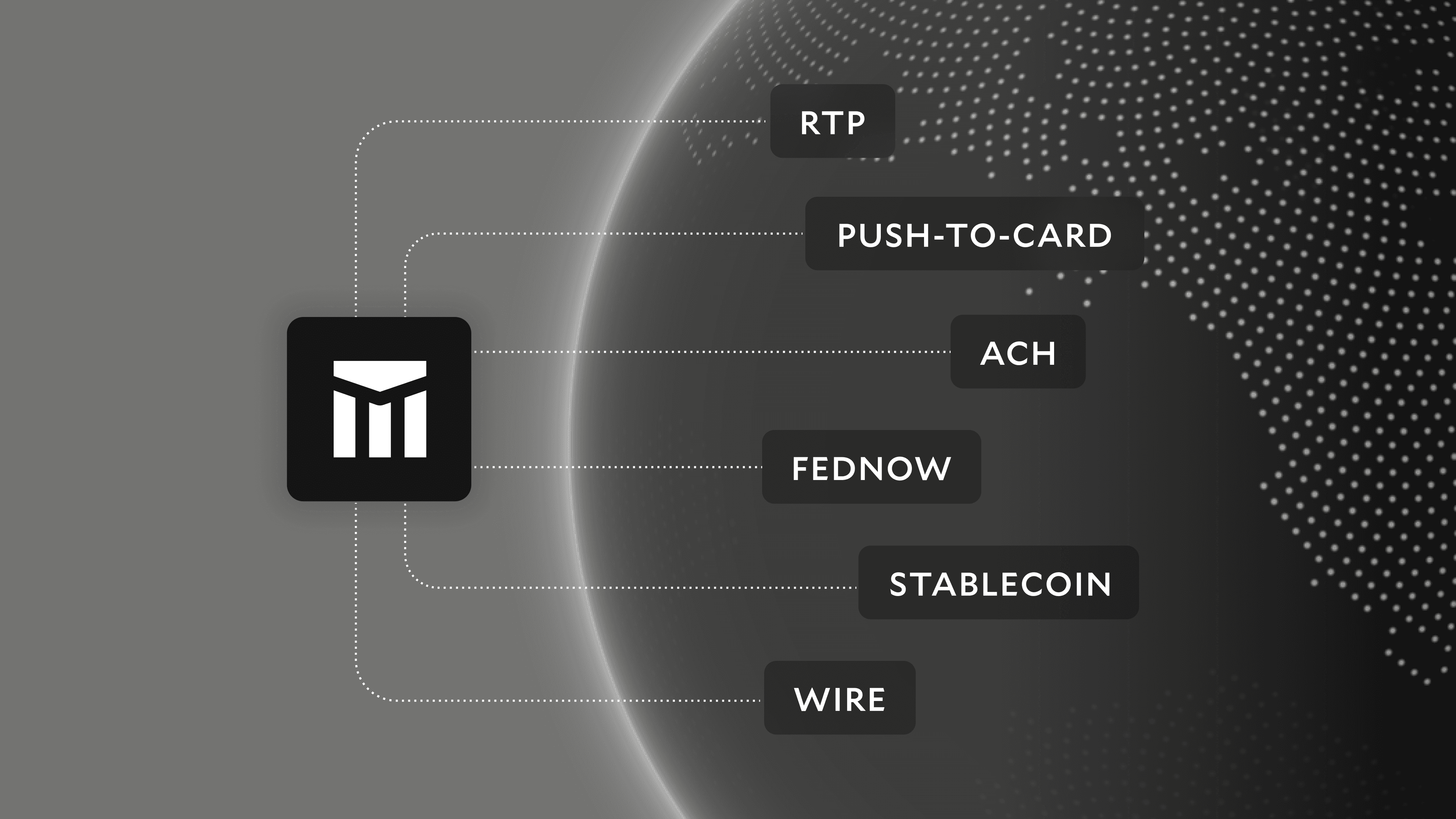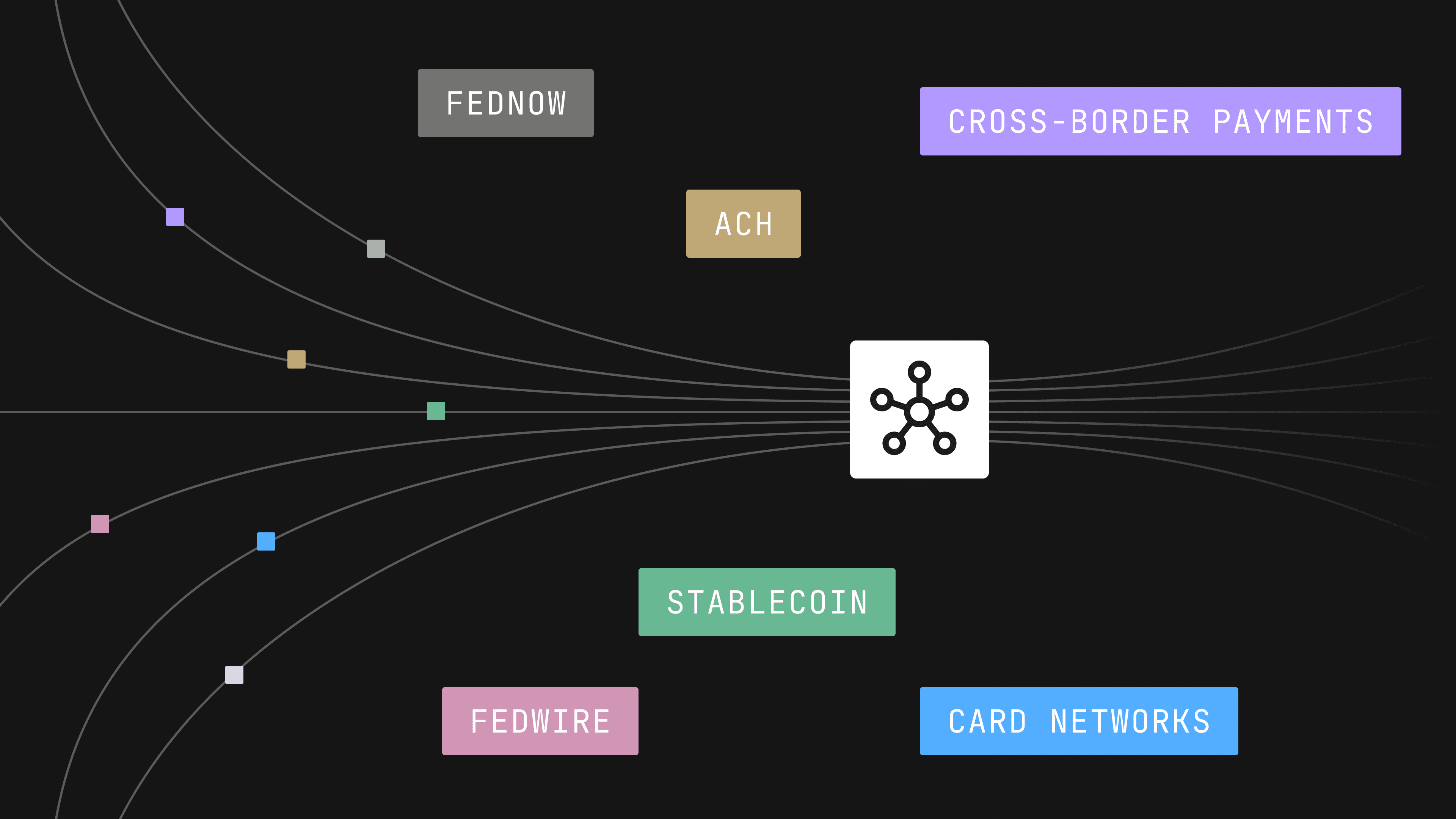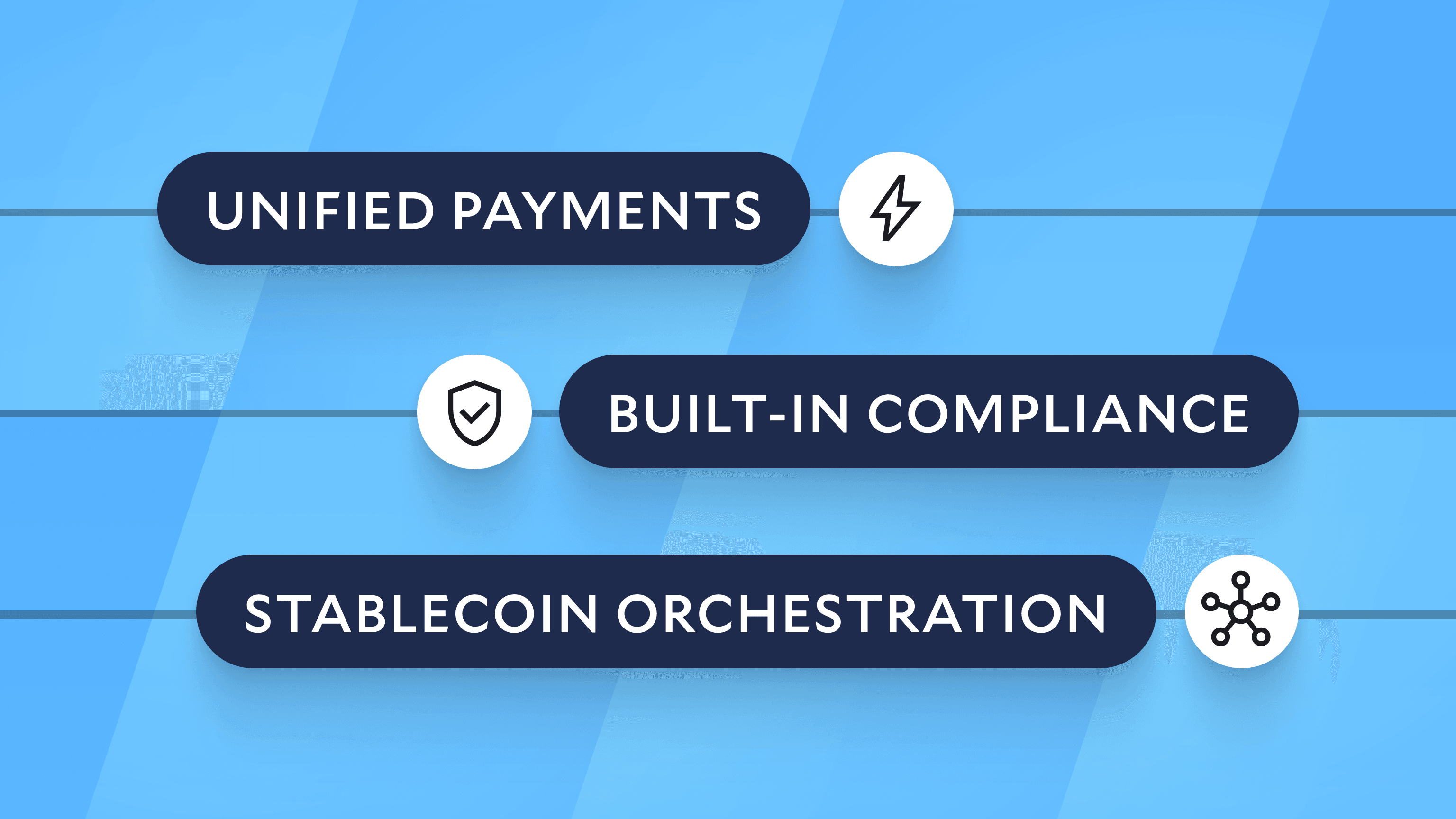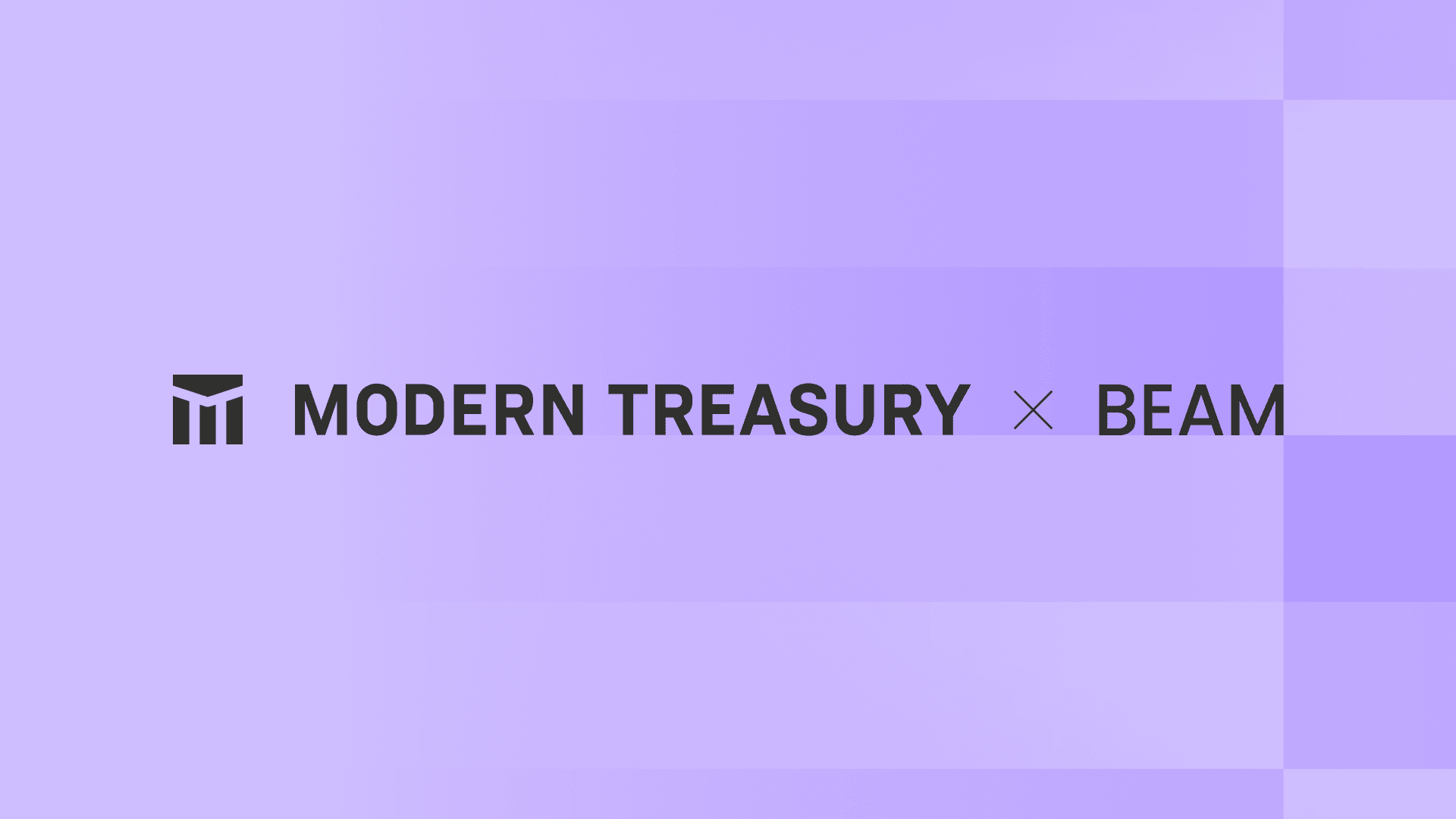Modern Treasury and Paxos Make It Easier for Businesses to Move Money with Stablecoins.Learn more →
How Strong Ledgering Simplifies MTL Compliance
Designing infrastructure for proactive payment operations.

Regulated fintechs need financial tracking infrastructure that keeps pace with their payments. In the US, Money Services Businesses (MSBs) and companies with state Money Transmitter Licenses (MTLs) must follow reporting requirements to stay compliant with regulation. Similar requirements exist for Electronic Money Institutions (EMIs) in other countries. One of the most critical, yet challenging, components of these requirements is routine reporting on money movement and financial balances.
For modern fintechs moving millions of payments or billions of dollars monthly, this reporting isn’t an easy undertaking—especially with legacy payment systems and manual reconciliation processes.
While companies often focus on payment system reporting as the main challenge in meeting MTL compliance, the real issues typically lie upstream at the ledgering layer. Without a solid foundation for recording, tracking, and reconciling payments, it's difficult to generate accurate reports, and the results become unreliable. Prioritizing scalable infrastructure design can set the stage for future reporting needs.
Common Challenges
Although maintaining compliance is a table-stakes, teams often struggle to stay on top of complex requirements.
- Unstructured Transaction Data: MTL maintenance becomes challenging when transaction data isn’t stored in a structured or consistent format. Regulatory reports often require metrics like total transaction volume and outstanding payment obligations—figures that need well-organized data to generate.
- Manual Reconciliation: MSBs reconcile their internal ledger against external records—such as bank statements, processor reports, and custodial account data—to ensure accurate reporting. When done manually, this process is time-consuming and error-prone, especially for companies handling large volumes or working with multiple financial institutions. Incomplete or inaccurate reconciliation can lead to delays in reporting.
- Delayed Payment Tracking: High-velocity payments need instant tracking;otherwise, balances shown may be inaccurate, leading to issues such as unintentionally overdrawn accounts.
- Fragmented Payment Systems: Teams working with multiple banks and processors have to stitch together data sources in order to create a complete view of their payment flows. When errors occur, tracing and identifying which system has the problem can get complicated quickly.
Designing a Ledger to Address Common Issues
The operational reporting problems above can be avoided with the right ledgering design decisions.
- Centralized Database: Your ledger should serve as a centralized database,able to write transaction data originating from multiple sources and make it available for use in production and internal reports.
- Double-Entry Accounting: This time-tested method records every transaction with equal and offsetting debits and credits,ensuring accuracy and maintaining a complete record of financial movements.
- Immutability: Entries should not be updated or destroyed in a ledger. If an entry or transaction has to be removed, it must be reversed, creating an accurate audit trail that prevents fraud and supports reconciliation efforts.
- Tracking Payment States: Balance calculations must accurately reflect the current state of all transactions. By capturing representative states—such as in-transit, settled, or refunded—reporting can easily pull outstanding and in-flight balances.
- Balance Versioning: Ledger balances should be stored as snapshots in time, each associated with a specific version number. Transactions should also be tied to these balance versions, making it easy to map them to the exact state of the ledger at any given moment. Versioning prevents conflicts from simultaneous updates, maintains data consistency, and preserves a reliable historical record of all transactions.
- Idempotency: Idempotency keys should be supported when creating transactions to prevent creating duplicate objects, even when retrying failures. This also helps ensure that funds are not overdrawn.
- Balance Aggregations: Fund balances have to be tracked at a granular level, so teams can drill into any transactions during an audit and have confidence in how they were settled. These balances also need to support detail analysis (drilldowns) and high-level summaries (roll-ups), so reporting is at a relevant level of detail.
MTL Ledgering In Practice
Let’s look at how a well-designed ledgering works for BreadRoll, a payroll firm. Payroll companies that hold money for employers and disperse funds to employees may require MTLs.

Strong ledgering practices and design significantly reduce the burden of producing MTL reports. Looking at BreadRoll, we can see how their ledger would be able to produce data points commonly needed for reporting such as:
- Number of Sales/Receipts/Transactions: Count of transactions received (inflows). For BreadRoll, this would mean the count of payroll runs processed through the service.
- Volume of Sales/Receipts: Total dollar volume of transactions received (inflows). Breadroll can easily sum the debits received from employers.
- Settlement/Extinguishment/Receipts by Beneficiary: Volume of settled transactions sent (outflows).
- Outstanding Liability: Money that has not been sent out yet that is owed. BreadRoll can aggregate across all Employes Payable to get a complete view.
- Revenue: Earnings collected from transactions for a given time period. BreadRoll can sum all credits in their revenue account to quickly track this amount.
Here is a view of how these reporting metrics map to BreadRoll’s ledger design:

- In systems tracking thousands of employers, each with their own employee payables, aggregating balances helps keep things scalable and searchable. The Employee Payable ledger account aggregation shows the total outstanding liabilities ($87,000) across all employees. From there, you can drill down by employer to spot specific issues—like the $800 payment to Employee 2 that hasn’t been paid out.
- Account versioning tracks every change in account balances over time, allowing views of multiple states of an account—such as a cash bank account—making audits and reconciliation straightforward. This same versioning principle applies to ledger transactions as well: you can query all versions of a transaction’s lifecycle and see which entries—and their corresponding account versions—were tied to each employee transaction. Together, this provides a complete and auditable history across both balances and transactions.
Conclusion
With strong ledgering infrastructure, firms can move from trying to keep up with requirements towards more proactive compliance. This can be a real advantage, as firms can save time and avoid painful rebuilds, reporting errors, and audit pressures – saving both engineering and operations teams time in the long run.
If you’re interested in learning more about building robust infrastructure, contact us.








